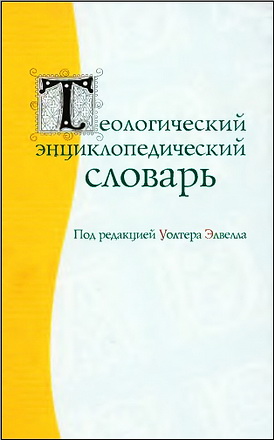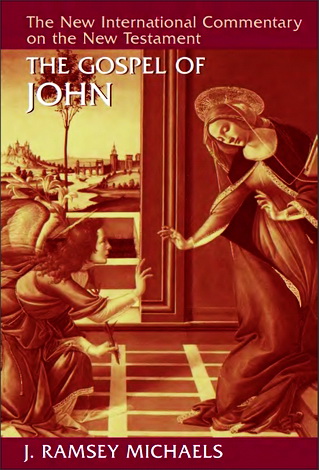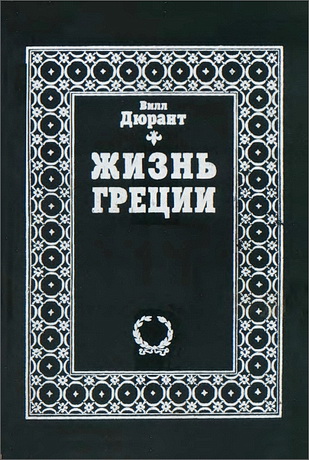
Ramsey - The Gospel of John

The story to be told in this Gospel begins with the words, “A man came, sent from God. John was his name” (1:6). This means that the five preceding verses must be taken as a kind of preface or preamble, in keeping with the principle stated by John himself that “The One coming after me ... was be- fore me” (v. 15; see also v. 30). This will be new to generations of readers who are accustomed to setting the first eighteen verses of the Gospel apart as “The Prologue.”
In identifying the first five verses of John as “preamble ” rather than the first eighteen as “prologue,” we are breaking with tradition, and within these five verses we break with tradition again by accenting “the light” rather than “the Word” as their major theme. John’s Gospel is classically remembered as a Gospel of the Word (ho logos), and its christology as a “Logos” christology to be placed alongside other New Testament christologies.
Michaels J. Ramsey - The Gospel of John
William B. Eerdmans Publishing Company Grand Rapids, Michigan / Cambridge, U.K. 2010 – 1122
ISBN 978-0-8028-2302-1
Michaels J. Ramsey - The Gospel of John - Contents
Editor’s Preface
Author’s Preface
Abbreviations
Bibliography
INTRODUCTION
I. THE NATURE OF JOHN’S GOSPEL
II. THE AUTHORSHIP OF THE GOSPEL
- A. “John” in Ancient Traditions
- B. The Tradition Pro and Con
- C. That Disciple
III. TRUTH CLAIMS
IV. JOHN AND THE OTHER GOSPELS
V. THE STRUCTURE OF JOHN’S GOSPEL
VI. LOCATION AND DATE
VII. THEOLOGICAL CONTRIBUTIONS
TEXT, EXPOSITION, AND NOTES
I. PREAMBLE: THE LIGHT (1:1-5)
II. THE TESTIMONY OF JOHN (1:6-3:36)
- A. John and the Coming of the Light (1:6-13)
- B. Our Testimony and John’s (1:14-18)
- C. John and Jesus (1:19-34)
- D. Jesus and John’s Disciples (1:35-51)
- E. Jesus at Cana and Capernaum (2:1-12)
- F. Jesus in the Temple at Passover (2:13-22)
- G. Jesus and Nicodemus at Passover (2:23-3:21)
- H. John’s Farewell (3:22-36)
III. JESUS’ SELF-REVELATION TO THE WORLD (4:1-12:50)
- A. Jesus and the Samaritans (4:1-42)
- B. Jesus in Galilee Again (4:43-54)
- C. Jesus and the Sick Man in Jerusalem (5:1-18)
- D. Jesus’ Answer to the Jews in Jerusalem (5:19-47)
- E. Across the Lake and Back (6:1-21)
- F. Jesus and the Crowd at Capernaum (6:22-40)
- G. Jesus and the Jews at Capernaum (6:41-59)
- H. Jesus and His Disciples at Capernaum (6:60-71)
- I. To Jerusalem, or Not? (7:1-13)
- J. Jesus in the Temple (7:14-36)
- K. The Last Day of the Festival: Jesus and the Pharisees (7:37-8:29)
- L. The Last Day of the Festival: Jesus and the Jews Who Believed (8:30-59)
- M. Jesus and the Man Born Blind (9:1-38)
- N. Blind Guides and the Good Shepherd (9:39-10:21)
- O. Titles and Works (10:22-42)
- P. Going to Bethany (11:1-16)
- Q. The Raising of Lazarus, and Its Consequences (11:17-54)
- R. To Jerusalem Again (11:55-12:19)
- S. The Hour of Glorification (12:20-36)
- T. The Verdict on the World (12:37-50)
IV. JESUS’ SELF-REVELATION TO THE DISCIPLES (13:1-17:26)
- A. Jesus at Supper (13:1-20)
- B. The Departure of Judas (13:21-35)
- C. Four Questions (13:36-14:31)
- D. Indwelling and the Love Command (15:1-17)
- E. The World and the Advocate (15:18-16:16)
- F. The Disciples’ Response (16:17-33)
- G. The Prayer for the Disciples (17:1-26)
V. VERIFICATION OF JESUS’ SELF-REVELATION IN HIS PASSION AND RESURRECTION (18:1-21:25)
- A. The Arrest and Hearing (18:1-27)
- B. Jesus, Pilate, and the Jews (18:28-19:15)
- C. The Crucifixion and Burial (19:16-42)
- D. The Empty Tomb and the First Appearance: Jesus and Mary (20:1-18)
- E. The Second Appearance: The Disciples and Thomas (20:19-31)
- F. The Third Appearance and Simon Peter’s Commission (21:1-25)
INDEXES
- Subjects
- Authors
- Scripture References
- Early Extrabiblical Literature
Michaels J. Ramsey - The Gospel of John - Introduction
God, according to Emily Dickinson, is Ma distant — stately Lover” who woos us “by His Son.” A “Vicarious Courtship ” she calls it — like Miles Standish sending John Alden to court “fair Priscilla” on his behalf in Henry Wadsworth Longfellow’s famous poem. “But lest the soul — like fair Priscilla,” she adds, mischievously, “choose the Envoy — and spurn the groom,” He “vouches with hyperbolic archness, ‘Miles’ and ‘John Alden’ were Synonym — “The avid reader of the Gospel of John may detect here an echo of John 13:20 (“the person who receives me receives the One who sent me”). Jesus is indeed God’s Envoy in this Gospel, as in the others (see Mt 10:40; Lk 10:16), but in no other Gospel is he so unmistakably “One” with the Father who sent him (10:30), the “I Am” who existed before Abraham (8:59), and the “Word” who was with God in the beginning, and was himself “God the One and Only” (1:1, 18).
Jesus in the Gospel of John is an unforgettable figure, so much so that God the Father becomes, in the eyes of some, the “neglected factor” in New Testament theology, particularly in this Gospel.2 It is in fact tempting to “choose the Envoy and spurn the groom,” but it is a temptation to be resisted, and it is resisted, resolutely, on virtually every page of the Gospel. Over and over again, Jesus reminds his hearers that the Son does nothing on his own, that his words are words the Father has given him to speak, and his works only what the Father has given him to do. His authority rests not in himself but in his total obedience to the Father’s will. Perhaps because of this intriguing mix of self-assertion and humility, equality with God and submission to the Father, Christian readers through the centuries have fallen in love with the Jesus of the Gospel of John, and consequently with the Gospel itself.
Not all readers of the Gospel have felt the same way. It is not every- one’s favorite Gospel. As to its style, the translators of the NAB complain that
The Gospel according to John comprises a special case. Absolute fidelity to his technique of reiterated phrasing would result in an assault on the English ear, yet the softening of the vocal effect by the substitution of other words and phrases would destroy the effectiveness of his poetry. Again, resort is had to compromise. This is not an easy matter when the very repetitiousness which the author deliberately employed is at the same time regarded by those who read and speak English to be a serious stylistic defect. Only those familiar with the Greek originals can know what a relentless tattoo Johannine poetry can produce.




Комментарии (1 комментарий)
Спецам по Иоанну на заметку: хорошая книга в хорошей серии! На стажировке в США я ее отсканил, а купил двухтомник Э. Хаенхена в серии "Герменейа". А вот теперь жалею...